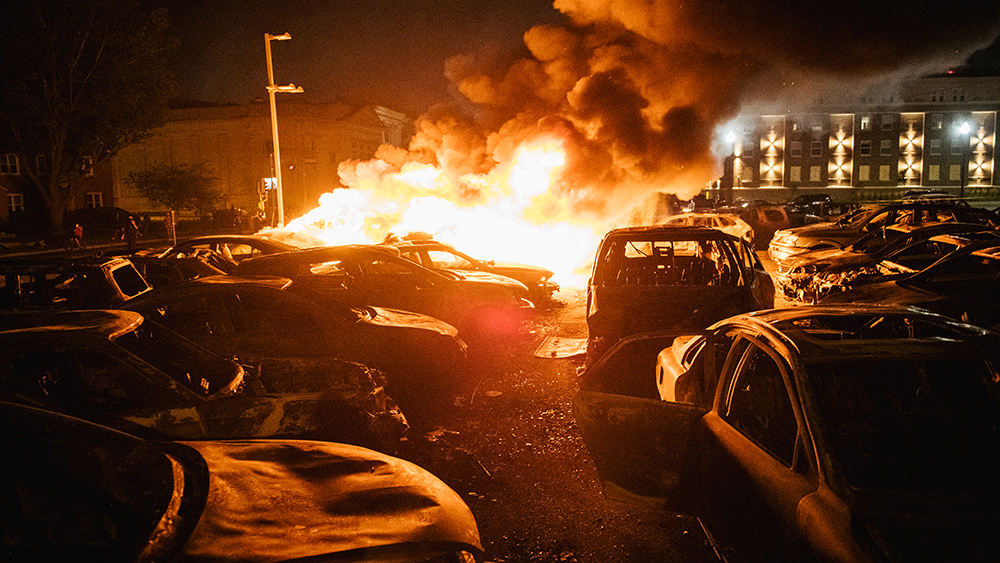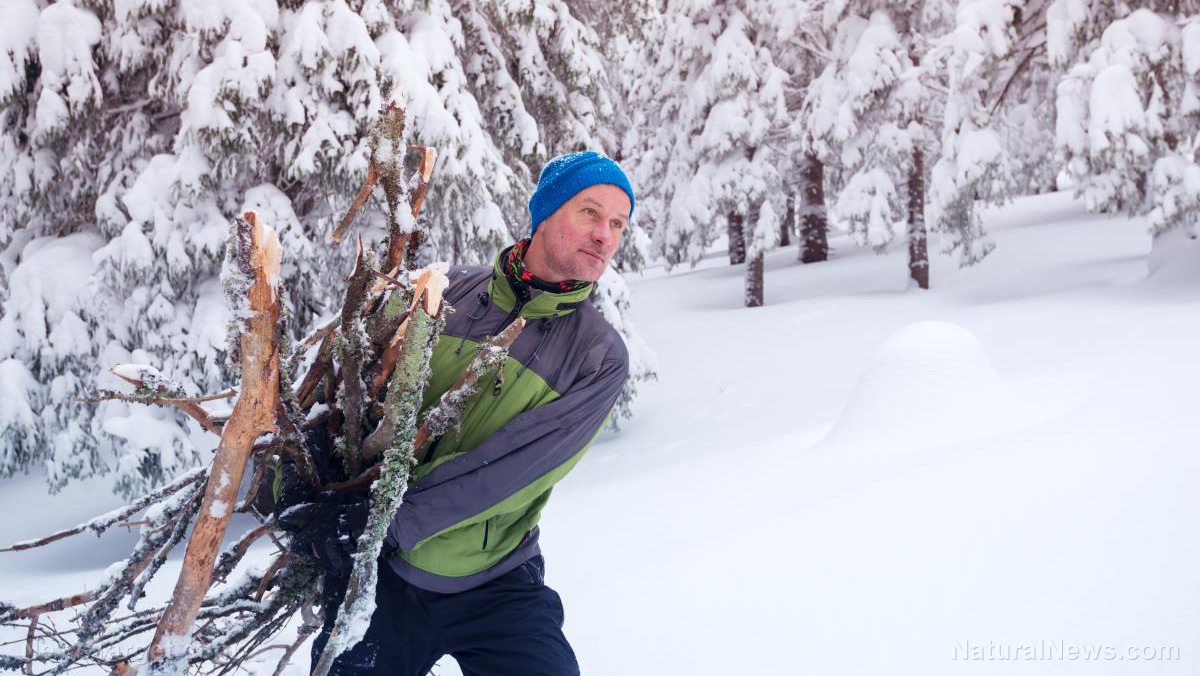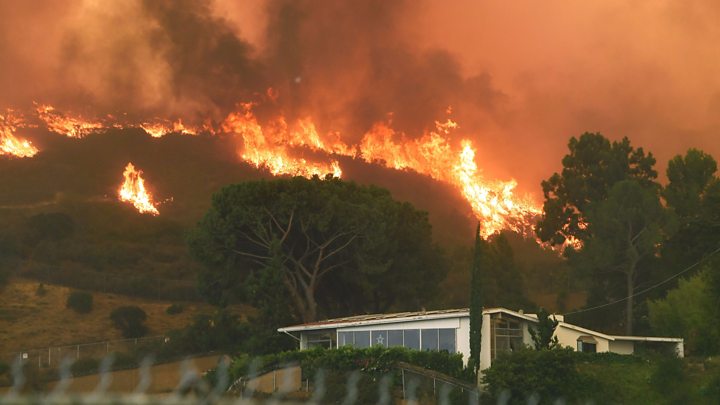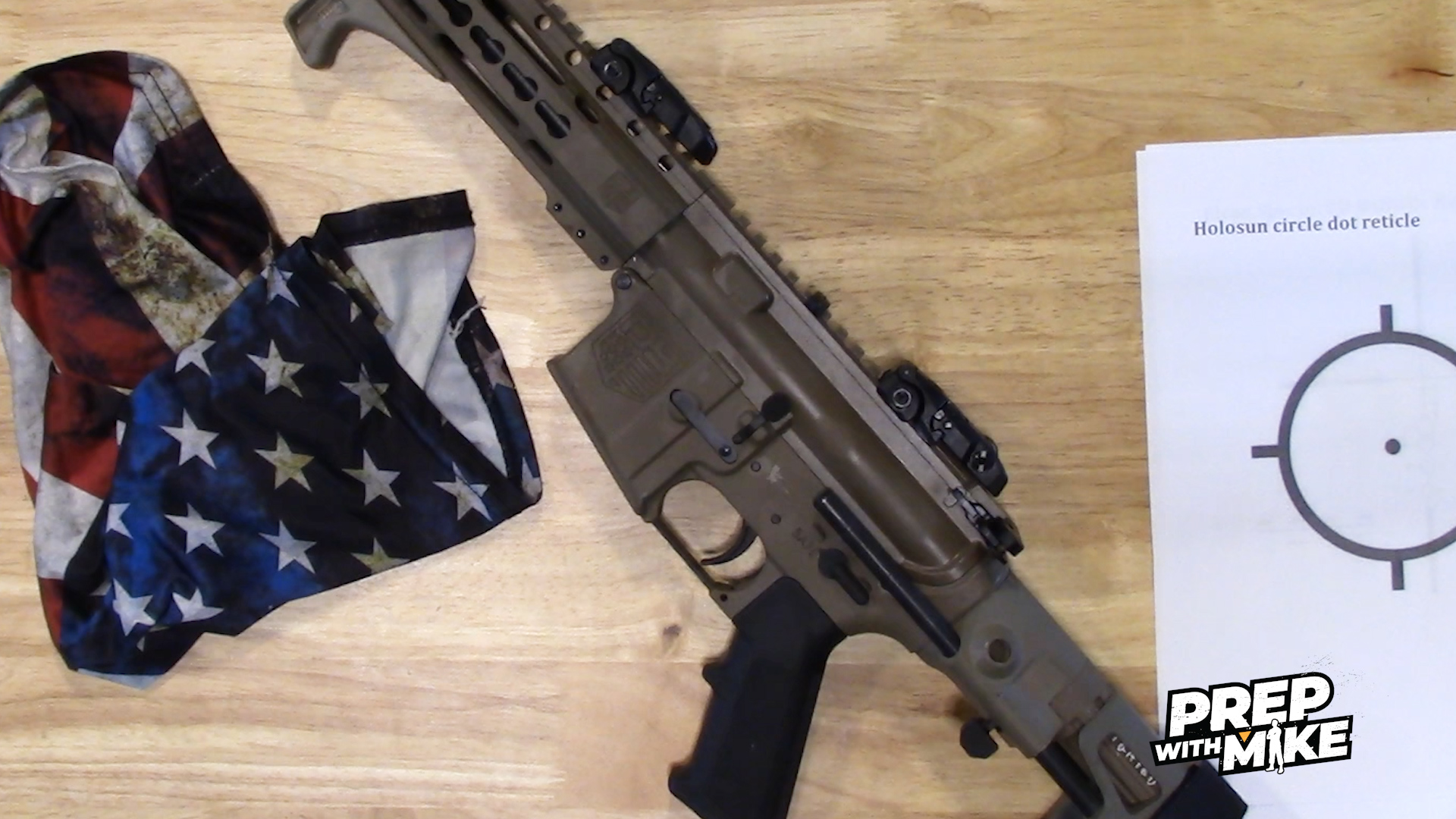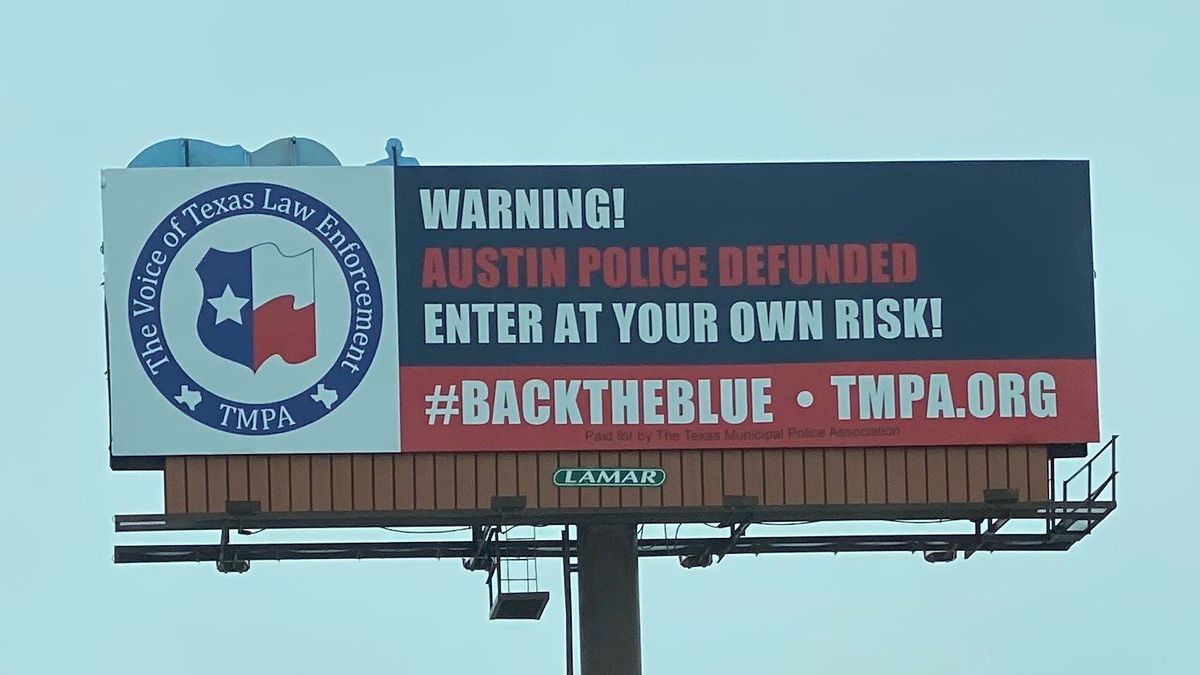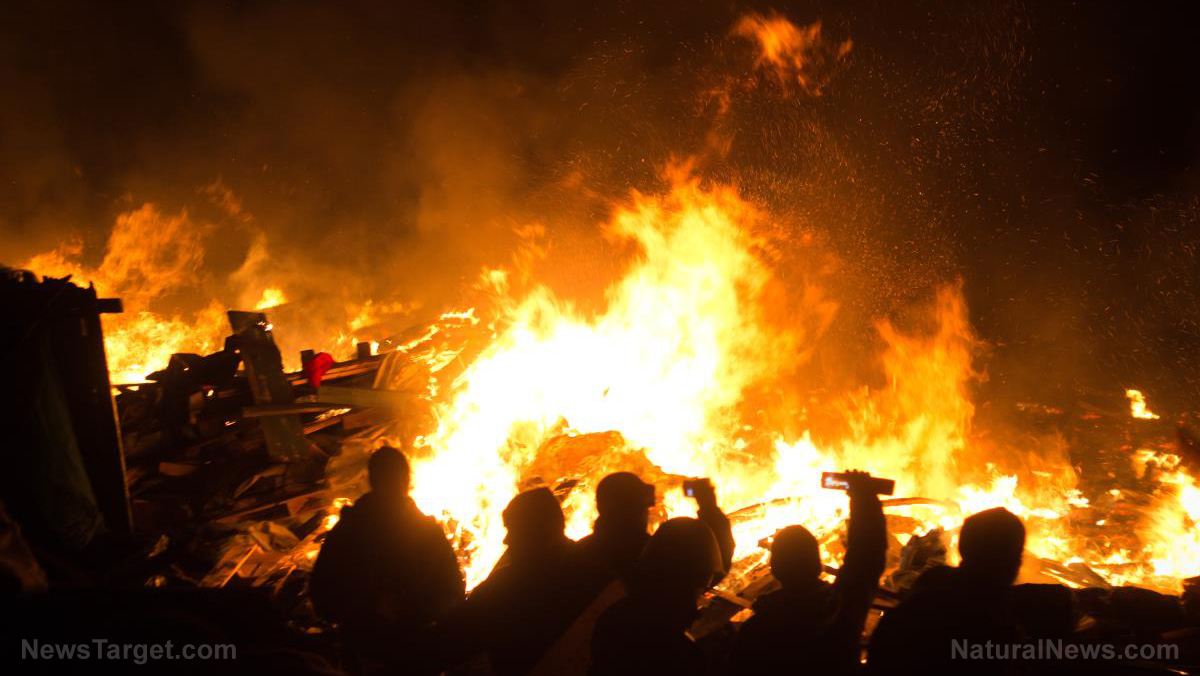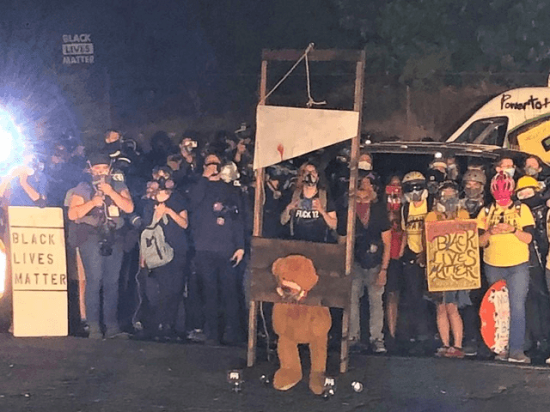Rail line access collapsing along the West Coast, forcing desperate suppliers to ship products using more expensive truck freight instead
09/16/2020 / By Ethan Huff
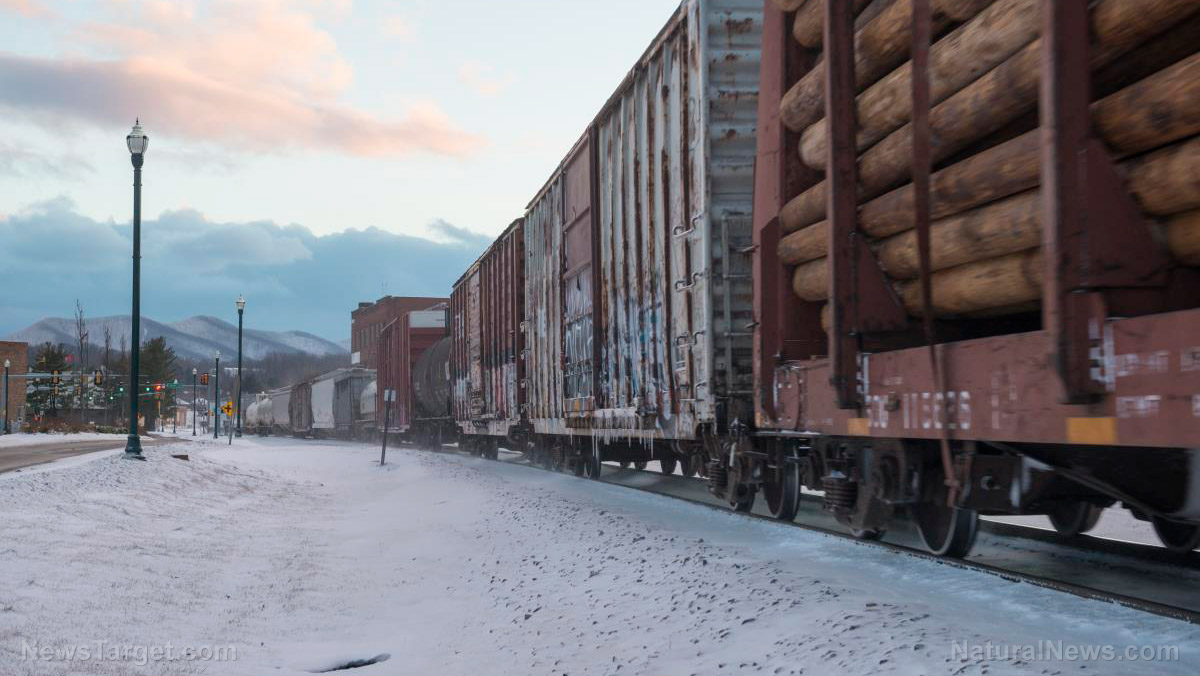
The industrial rail lines that fan out from ports all along the West Coast to destinations throughout the rest of the United States are no longer able to accommodate normal demand for product shipments, according to new reports.
A logistics consultant from Northern California claims he was unable to book any shipping containers either through Burlington Northern Santa Fe (BNSF) or Union Pacific (UP) during the first week of September, a scenario that apparently has never happened before during his tenure.
“I have been working in the industry for 30 years and I have never seen anything like this,” he is quoted as saying after failing to get loads sent to and from West Coast ports and Midwest destinations. “It’s weird.”
This individual, who chose to remain anonymous, says it was the same story in Los Angeles, Long Beach, Oakland, and Seattle, all of which had “no rail cars” and “no chassis” available for shipping goods.
Because these two major rail lines appear to no longer be accepting shipments, some companies are now having to send their goods via truck freight, which is a whole lot more expensive.
“The railroads will not take any bookings right now and so all the containers going to and from the West Coast to places such as Chicago and Memphis must go by truck,” he indicated.
The situation is putting importers of low-value products such as tee shirts at an economic disadvantage since it will now cost them a whole lot more money to send their goods via America’s crumbling roadways.
A freight truck from Los Angeles or Long Beach to Chicago, for instance, costs about $7,000, while one from LA or LB to Nashville costs about $7,200. A shipment from the same origin all the way to Jacksonville, Florida, costs even more at $8,800 a pop.
While it used to cost about $2,000 to send a truck container from one coast to the other, “those days are gone,” the consultant maintains.
“In the good old days, you could ship a container from the West Coast to Chicago or Memphis by rail for $1,000,” he explains.
More train loads now passing through Canada because it’s cheaper
One exception was observed at the Port of Prince Rupert in British Columbia, where COSCO vessels can still ship goods internationally from Memphis, Tennessee while completely avoiding America’s West Coast ports. The only problem is that it takes an extra 21 days, the consultant noted.
Shipping through Canada in this manner is cheaper, however, which evidence suggests is contributing to a shift in the way some businesses send their goods overseas.
BNSF is also rejecting the notion that it lacks international railcar capacity, which a spokesman described as “inaccurate.”
“BNSF is open for business and ready to receive all freight from ocean carriers at the West Coast ports,” he added. “We have a railcar fleet in excess of demand and have sufficient locomotives, equipment and people across our network to handle current and additional volumes.”
“As always, we are in constant communication with our customers and remain focused on meeting their shipment needs.”
UP offered similar feedback, claiming that the company is continuing to align its resources to handle increased demand. An UP spokesman told AJOT that there is “positive momentum” happening, and a “surge” in “intermodal demand.”
The Surface Transportation Board (STB), however, sent identical letters to both companies expressing similar concerns as the consultant about a lack of adequate rail service, as well as available rail personnel to handle the transport freight.
More related news about America’s growing logistics problem can be found at Collapse.news.
Sources for this article include:
Tagged Under: BNSF, Burlington Northern Santa Fe, Collapse, freight, infrastructure, ports, risk, shipping, suppliers, trains, transportation, truck freight, Union Pacific, up
Get independent news alerts on natural cures, food lab tests, cannabis medicine, science, robotics, drones, privacy and more from NewsTarget.com
Get independent news alerts on natural cures, food lab tests, cannabis medicine, science, robotics, drones, privacy and more from NewsTarget.com
RECENT NEWS & ARTICLES
SHTF.News is a fact-based public education website published by SHTF News Features, LLC.
All content copyright © 2018 by SHTF News Features, LLC.
Contact Us with Tips or Corrections
All trademarks, registered trademarks and servicemarks mentioned on this site are the property of their respective owners.

